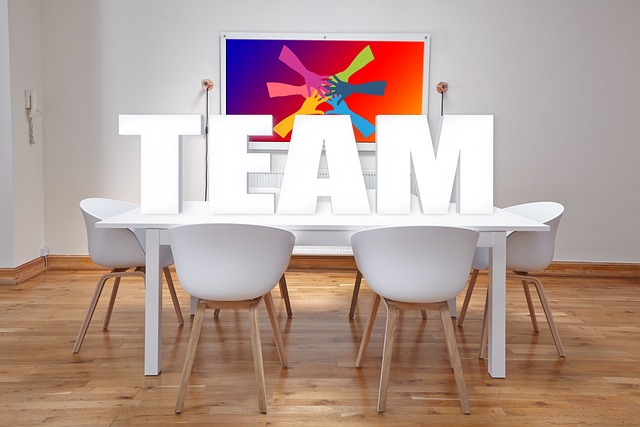
In today’s fast-paced work environment, noise has become a significant concern, affecting not just the productivity but also the well-being of workers. Whether you’re in an office, managing a factory, or part of a construction team, effective noise protection measures can significantly improve the work atmosphere and employee satisfaction. Here’s how you can safeguard your workplace against unwanted noise, before getting in touch with an acoustic specialist.
Implementing Noise Control Measures
The first step in mitigating noise is to incorporate noise control strategies into the very fabric of your workplace. This can be achieved by using materials that absorb rather than reflect sound. For instance, installing acoustic panels or tiles on walls and ceilings can dramatically reduce noise levels in an office environment.
For factories and construction sites, investing in machinery and tools that produce lower levels of noise can be a game-changer. Manufacturers often provide information about the noise levels of their equipment, allowing you to choose options that blend efficiency with quieter operation.
Personal Protective Equipment (PPE)
In environments where noise cannot be substantially reduced, personal protective equipment becomes crucial. Providing earplugs or earmuffs to employees exposed to constant noise does more than just protect their hearing; it shows a commitment to their health and safety. Training staff on the correct use and care of these protectors ensures that everyone can work comfortably and safely in any noisy setting.
Establish Quiet Zones
Creating quiet zones is an innovative way of offering respite from the constant buzz of a busy workplace. These areas allow employees to take breaks, focus on tasks that require concentration, or simply recharge. Signage and clear guidelines help maintain the tranquillity of these zones, making them effective havens of peace within the workplace.
Regular Noise Assessments
It’s essential to understand that noise levels can change depending on various factors, including changes in work processes, equipment, and layout. Conducting periodic noise assessments helps identify new noise sources and evaluate the effectiveness of current noise control measures. This proactive approach allows for timely updates to your noise protection strategies, keeping your workplace comfortable and compliant with health and safety regulations.
Educating Employees
Awareness is key in combating workplace noise. Educate your team about the risks associated with prolonged noise exposure, including stress and hearing loss. Highlight the importance of adhering to noise protection protocols and encourage open dialogue about noise-related discomfort and suggestions for improvement. A well-informed team is more likely to engage with noise protection measures actively.
Conclusion
Noise protection in the workplace is a dynamic challenge that requires ongoing attention and adaptation. By implementing these strategies, you are taking significant steps toward creating a safer, more comfortable, and productive environment for all employees. Remember, noise protection is not just about compliance with laws or regulations; it’s about fostering a conducive work culture that values and protects its workers’ health and well-being.
